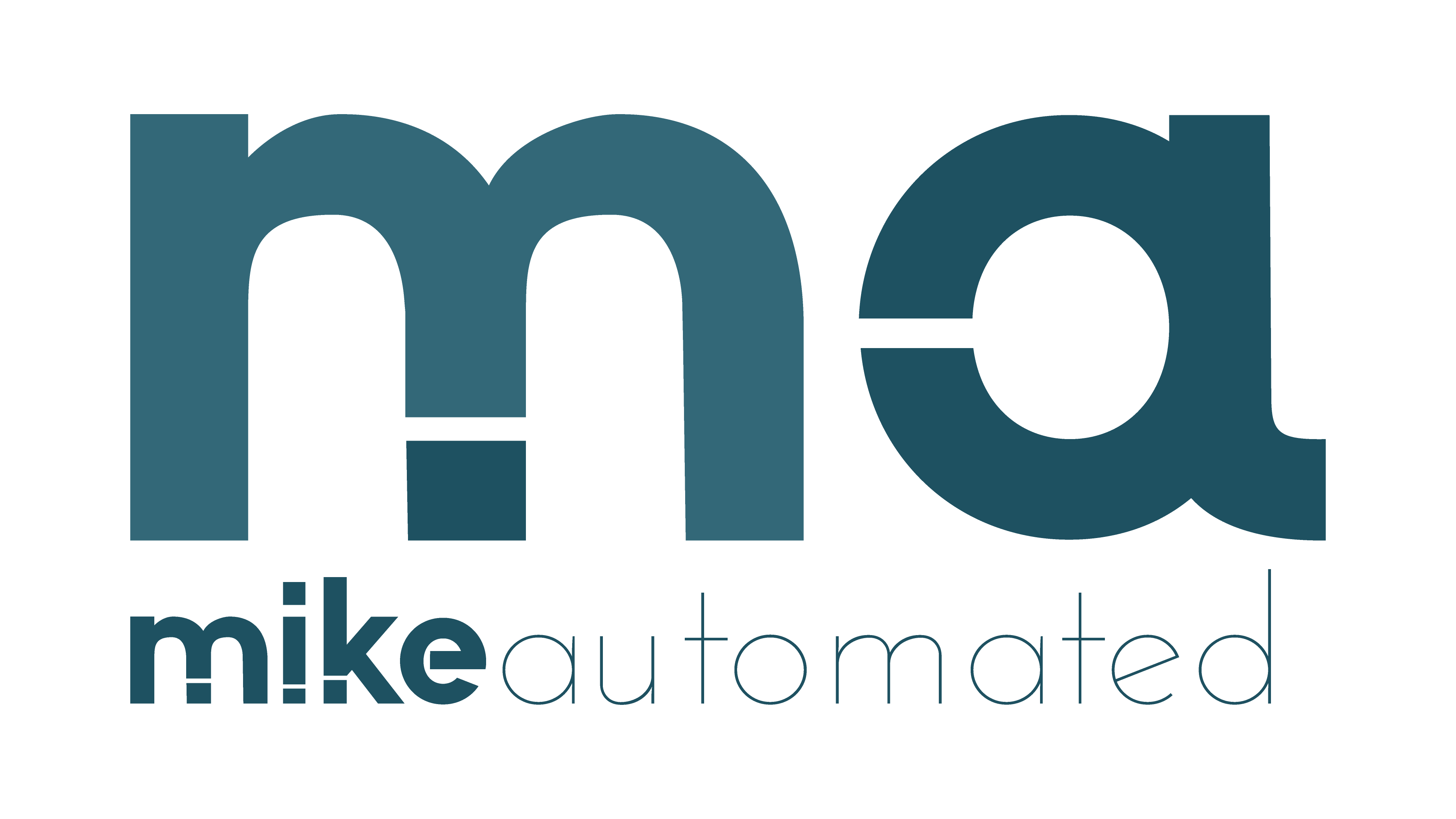TL;DR:
- AI implementation faces challenges such as lack of expertise, resistance to change, and data-related issues.
- Strategies to overcome these barriers include investing in workforce training, clear goal-setting, and developing scalable pilot projects.
- Addressing data management, ethical concerns, and operational integration ensures seamless adoption.
- Building cross-functional teams and fostering leadership buy-in accelerates AI adoption.
- Effective AI implementation drives innovation, efficiency, and better decision-making across industries.
Why AI Implementation Faces Challenges
Artificial intelligence (AI) has transformed industries, offering tools to analyze data, automate processes, and drive smarter business decisions. However, implementing AI is not without its obstacles. Companies often encounter roadblocks like a lack of skilled workers, unclear organizational goals, and the challenge of integrating AI into existing workflows. The key concerns include:- Skill shortages: Many organizations lack technical teams familiar with AI technologies.
- Data silos: Inefficient handling of data limits AI’s ability to provide meaningful insights.
- Resistance to change: Employees may see AI as a threat, creating friction during adoption.
- High initial costs: Implementing AI requires significant financial investment, which can deter smaller businesses.
How to Address the Skills Gap
Invest in Training and Upskilling
Many companies struggle because they don’t have AI-ready staff. One solution is creating initiatives for workforce development. Actionable steps:- Partner with universities and training programs to cultivate AI expertise internally.
- Offer employees certifications in machine learning, data science, and AI-related technologies.
- Implement mentorship programs where senior AI professionals coach less experienced team members.
Leverage External Expertise
If training current employees is not immediately feasible, consider bringing in external consultants or freelance AI professionals to kick-start projects while knowledge transfer occurs.Establish Clear Goals and Use Cases
Undefined objectives hinder AI success. Organizations often adopt AI for its perceived benefits without clear end goals.Define Business Objectives
To use AI effectively, align projects with key performance indicators (KPIs). For example:- Retail: Use AI to improve customer personalization, increasing sales by X% over six months.
- Healthcare: Implement AI to lower diagnosis times by Y% while maintaining accuracy.
- Manufacturing: Deploy predictive maintenance systems to reduce downtime by Z% annually.
Start Small, Then Scale
Developing pilot programs provides a controlled environment to test AI applications. Identify simple, high-value tasks for initial AI deployment. Example: A logistics company might use AI for demand forecasting before expanding its applications to route optimization and fleet management. This phased approach minimizes risk and proves AI’s effectiveness to stakeholders.Streamline Data Management for AI
Data challenges are among the most significant barriers to AI success. Many organizations collect large amounts of data but lack the infrastructure to use it effectively.Centralize Data Systems
Breaking down data silos is essential. Consolidate information into a centralized data warehouse or cloud-based storage, ensuring all teams can access consistent, usable data. Example tools:- Amazon Web Services (AWS)
- Google Cloud BigQuery
- Snowflake Data Cloud
Ensure Data Quality
Poor-quality data leads to flawed decisions. Implement tools for cleaning and preprocessing data to ensure accuracy and relevance. Best practices:- Remove duplicate or irrelevant data points.
- Standardize data formats to ensure interoperability.
- Address biases that may skew machine learning models.
Address Ethical and Security Challenges
AI implementation raises ethical questions and cybersecurity concerns. Businesses must consider the responsible use of AI.Focus on Transparency
Develop explainable AI systems to ensure decisions can be understood by both technical and non-technical stakeholders. Transparency builds trust among users, regulators, and the public.Protect Data Privacy
AI relies on vast amounts of data, much of which may include sensitive or personal information. Compliance with global regulations, such as GDPR, is essential. Steps to enhance security:- Implement robust encryption techniques for data storage and transfer.
- Adopt anonymization methods to protect user identities.
- Regularly audit AI applications for vulnerabilities.



